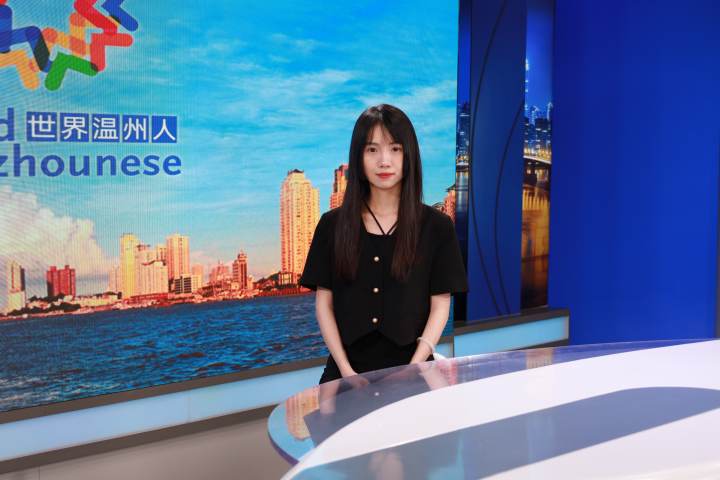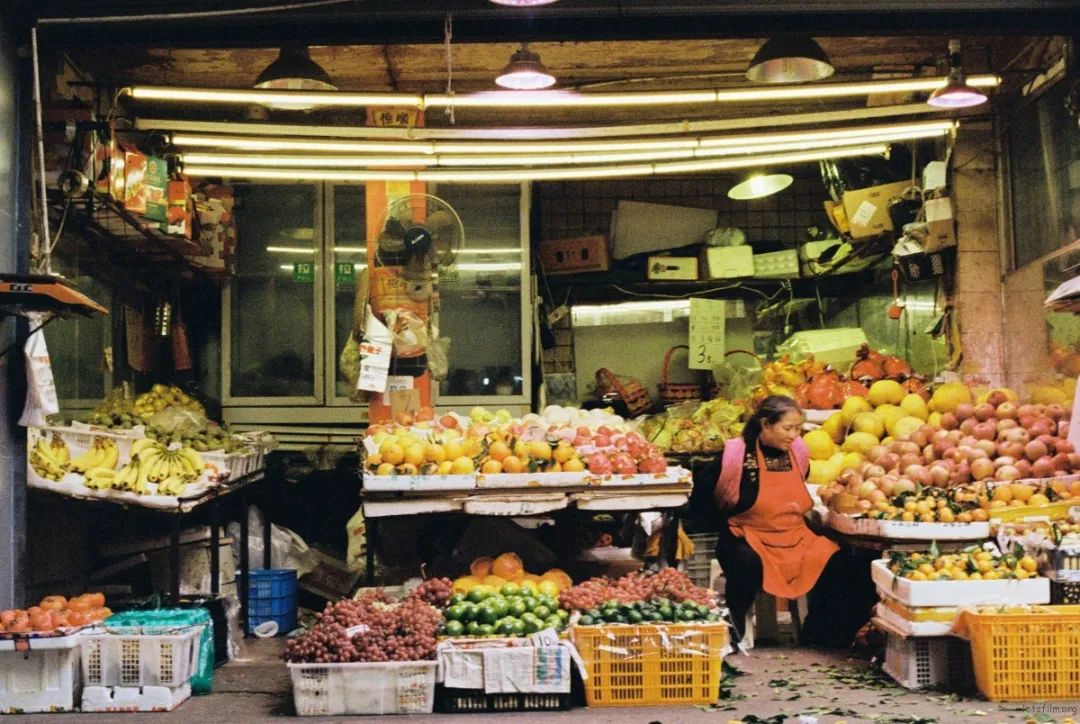Zhao Lihong: The fate of I and Huang Pujiang
Author:Democrat Time:2022.07.27
There are two mothers rivers in Shanghai, one is Huangpu River, and the other is the Suzhou River. The history of the birth, formation and development of Shanghai, the lives of all Shanghai people, bitterness, shame and pain, happiness, pride and longing are associated with these two great mothers.
Huangpu River is a very special river. In the past, people's understanding only knew that this was a river in Shanghai. Its source was Dianshan Lake in Qingpu District, more than 100 kilometers long, and the basin was in Shanghai. I used to be very surprised. I almost traveled to the world. I have seen many famous rivers. The Huangpu River placed anywhere is a veritable river. It is the last tributary of the Yangtze River. The estuary of the Yangtze River is wide. It cannot imagine that it is just a river that is only more than 100 kilometers and flows only in Shanghai. Now, people's perception of Huangpujiang has changed. Geography scientists have determined after inspection. Creek Spring, also includes the vast Taihu Water. Therefore, the Huangpu River has become a water that brings together the rivers and south of the river, and it is converged into a vast river that flows to the Yangtze River to the sea.
I am not an expert and no in -depth research on the geographical water system and river basin of the river. I want to talk about the relationship between my personal and Huangpu River, which is the fate of a Shanghai man and this mother river.
I was born in Shanghai. When I was a kid, my home lived by the Suzhou River and was very close to the Bund. As a teenager, I swim in the Suzhou River and Huangpu River. It can be said that these two mothers have accompanied me throughout my childhood and left me a lot of good memories. I once wrote my life in the novel "Childhood River" and my feelings for my mother river. It was not clear the history of the Huangpu River as a child. Later, I learned that the Huangpu River was the last tributary of the Yangtze River. The ancient Huangpu River used to be the tributary of the Suzhou River. Later, the water flow of the Huangpu River became more and more vast, and the river surface became wider and wider. The Suzhou River finally became the tributary of the Huangpu River.
My hometown is Chongming Island. If you go to Chongming Island, you must pass the Huangpu River. I used to take a boat from the sixteen shop to enter the Huangpu River into the Yangtze River in the Haikou, and then go home on the shore. The scene of the two sides of the Huangpu River made me tireless. The dazzling beautiful buildings at the Bund, the busy scene of ten miles of seaport, stands on the side of the ship, will be imaginative every time. If there is no Huangpu River, there will be no city in Shanghai, and modern Chinese history may be rewritten. In the early 1980s, I lived in Pudong for several years and traveled to Puxi Puxi in Pudong. Looking at the Huangpu River on the ferry, it is another scene.
I have written a lot of poems and prose, sang Shanghai's mother river, and sang the Huangpu River. My first essay collection, the title of the book is "My Dear Mother River"; my long poem "The City of Vicensum" has two chapters of the Bund and Suzhou River in the Huangpu River; I used to cooperate with the musician to create After a music symphony poem, the title is "Huangpu River". The prelude of the symphony poem is a piece of Tian Song of Qingpu, a solo singer of a "farmer". The desolate tone is sad, but it is beautiful and long. At that time, it was believed that Dianshan Lake was the source of the Huangpu River, so the Tian Ge of Qingpu was used as the prelude to the symphony poem. It now appears that the cognition of Huangpu River's history was still incomplete.
The most famous landscape on both sides of the Huangpu River is the Bund of Puxi. Bund building is the landmark of Shanghai. When I was a kid, I often went to the Bund and became familiar with every building there. Each building built in the 1920s and 1930s had a unique shape, which brought together almost all the architectural styles at that time. They are arranged on the banks of the Huangpu River, and they are scattered, but they are so harmonious, forming a wonderful skyline. Each building has twists and turns, like a vast historical novel. In the past century, although war and turmoil, it has been kept intact. In 2003, when a member of the National Committee of the Chinese People's Political Consultative Conference attended the Shanghai Municipal Committee of the CPPCC, I submitted a proposal and suggested that the Bund building complex declared to the United Nations World Cultural Heritage to the United Nations. At that time, I thought that if Shanghai applied for the World Cultural Heritage, the Bund building complex was a very suitable project. This proposal is not a clever movement, nor is it not to be favored. This idea is based on my understanding of the Bund, and it also originated from the feelings of my hometown to the mother river. Bund architecture is the crystallization of human wisdom and the product of the integration of Chinese and Western culture. Its designers are all over the world, but each building is built by Chinese craftsmen. In my opinion, the Bund building group belongs to Shanghai, belongs to China, and also belongs to the world; they deserve to belong to the world cultural heritage and are a miracle created by humans on the banks of the Huangpu River.
From the perspective of modern people, the diverse buildings of the Bund are still epoch -making architectural arts. Now, opposite the Bund -Lujiazui of Pudong has also built many tall and magnificent buildings, which is another world miracle created by the Chinese since the reform and opening up. Bund and Lujiazui building groups are the iconic architectural culture left by people in different times, which is often called "architecture is a history of solidification", and is a monument to the times. The buildings of the Bund and Lujiazui are monuments of different times, symbols of culture and art in different times, and symbols of people's spirit and aesthetic taste. All this happened beside our "Mother River" Huangpu River. As a generation of people who have been nurtured by the Huangpu River, I am pleased and proud of it. Nowadays, application activities such as the "Huangpu River Festival" named the Huangpu River "Huangpu River Festival" and the planning of "Jiangnan Water Road" and "Huangpu River Linear Cultural Heritage" are all to better protect this "mother river". This is also our common responsibility and mission.
————————
Source: The CPPCC News, the author of the 7th, 10th, 11th, and 12th National Committee of the Chinese People's Political Consultative Conference, a famous writer, a member of the Central Committee of the CPPCC.
- END -
Wenzhou Woman · New generation says 丨 love Wenzhou non -heritage culture, and college students are determined to build Chinese high -end fashion brands

Zhejiang News Client Liu Yanlin Changchang
One -day tour on earth | Submitted works

*由 This article is uploaded by the author of Letsfilm, Yan XIV, and the copyright...